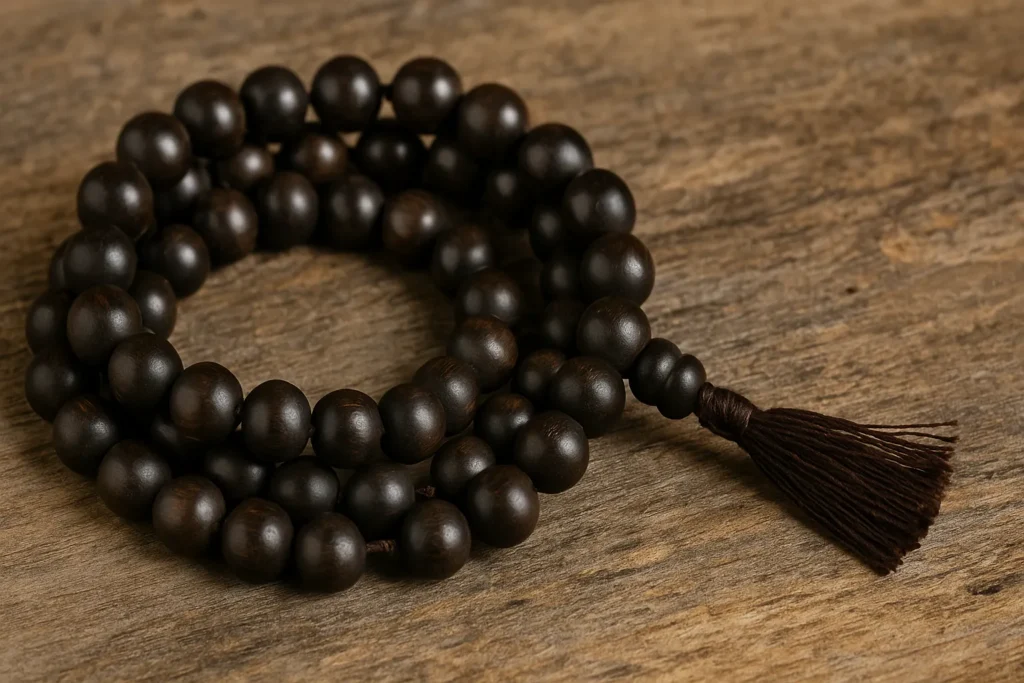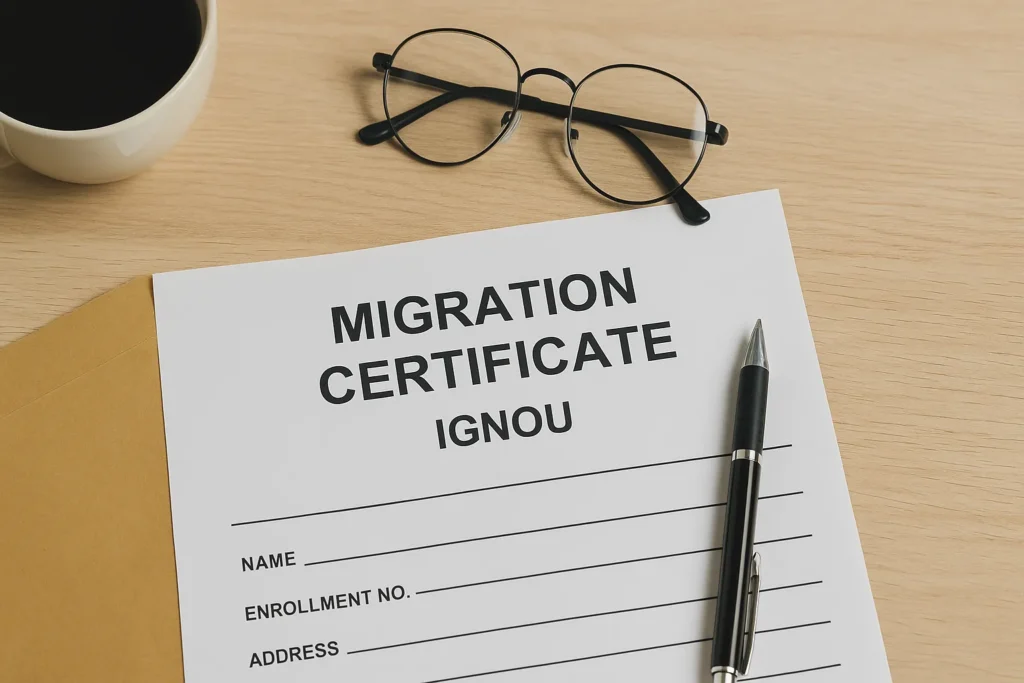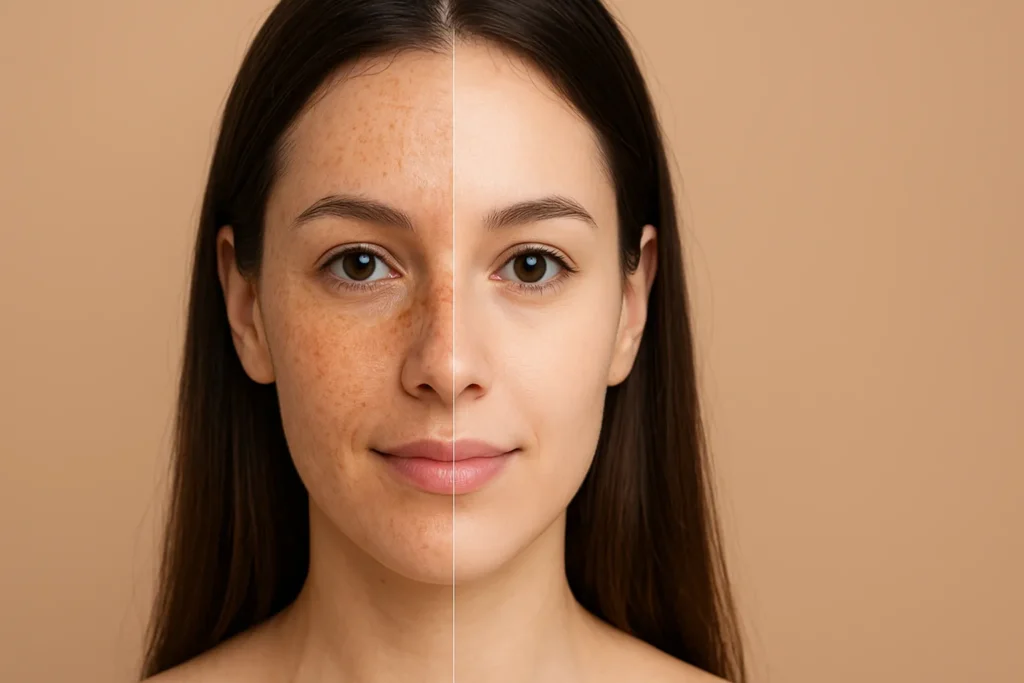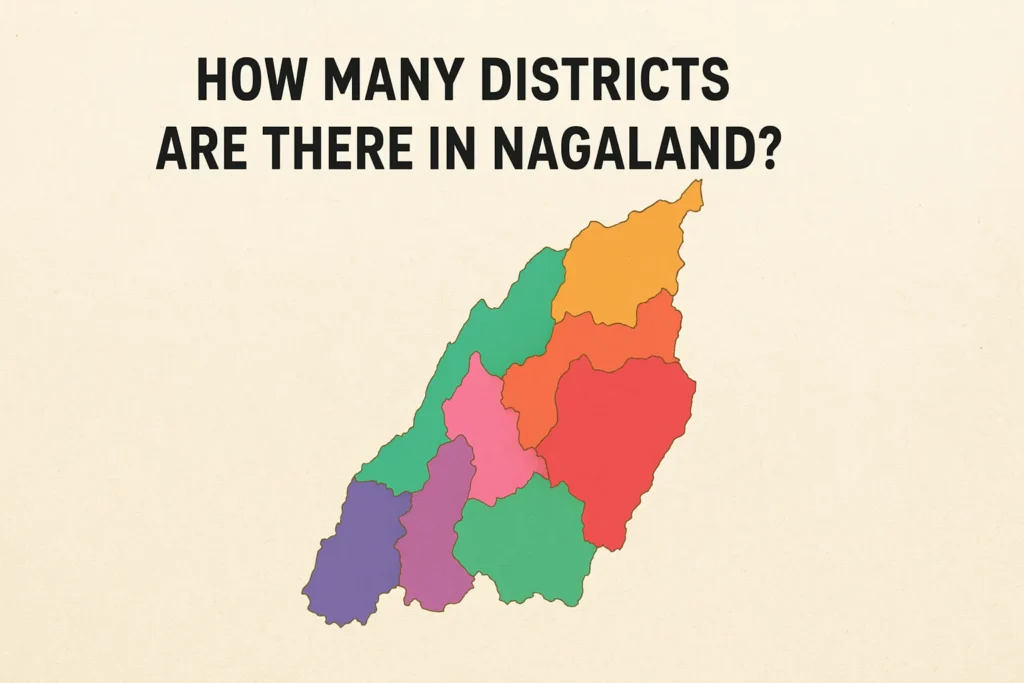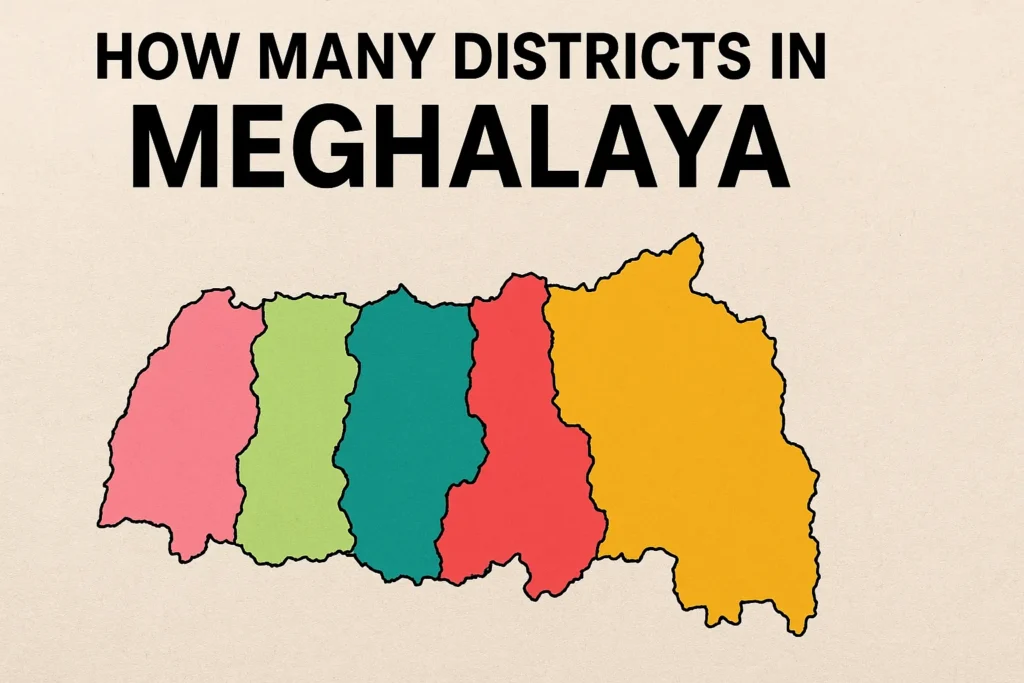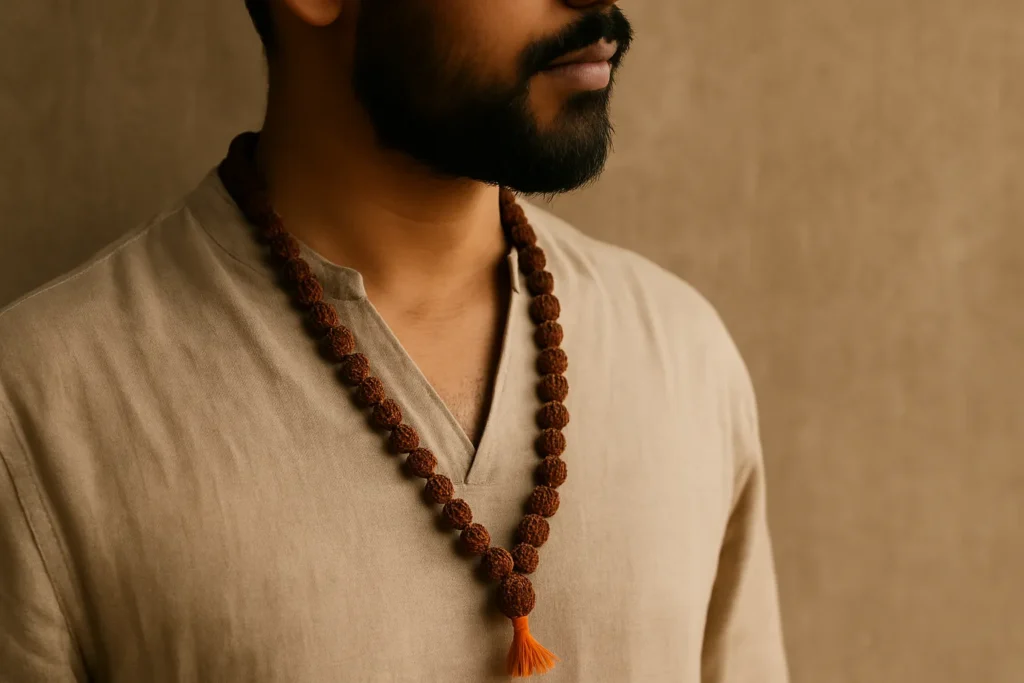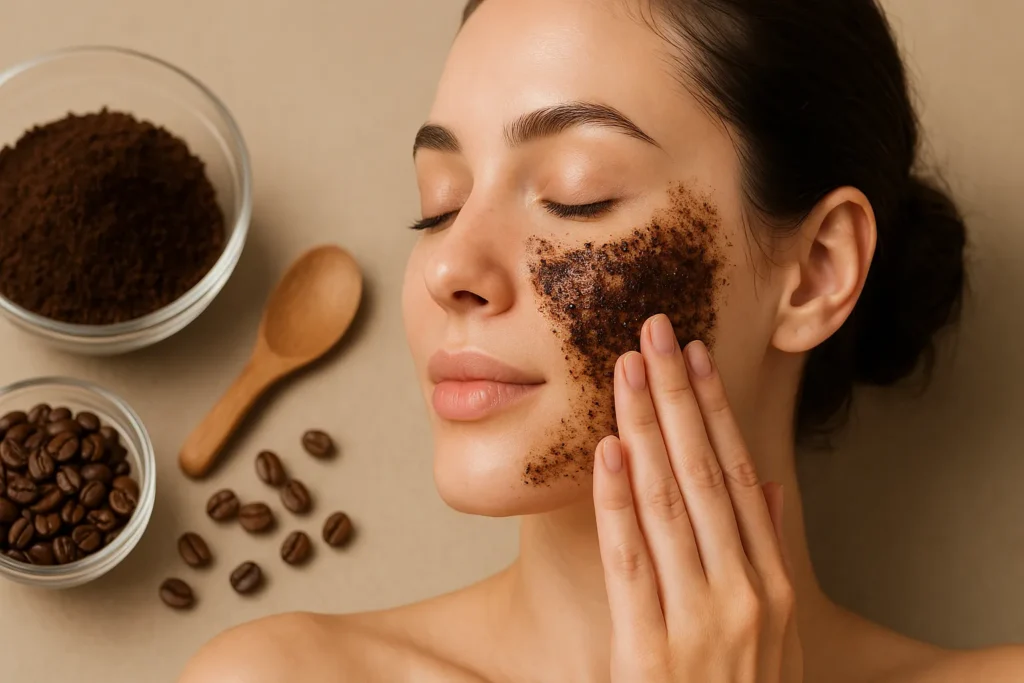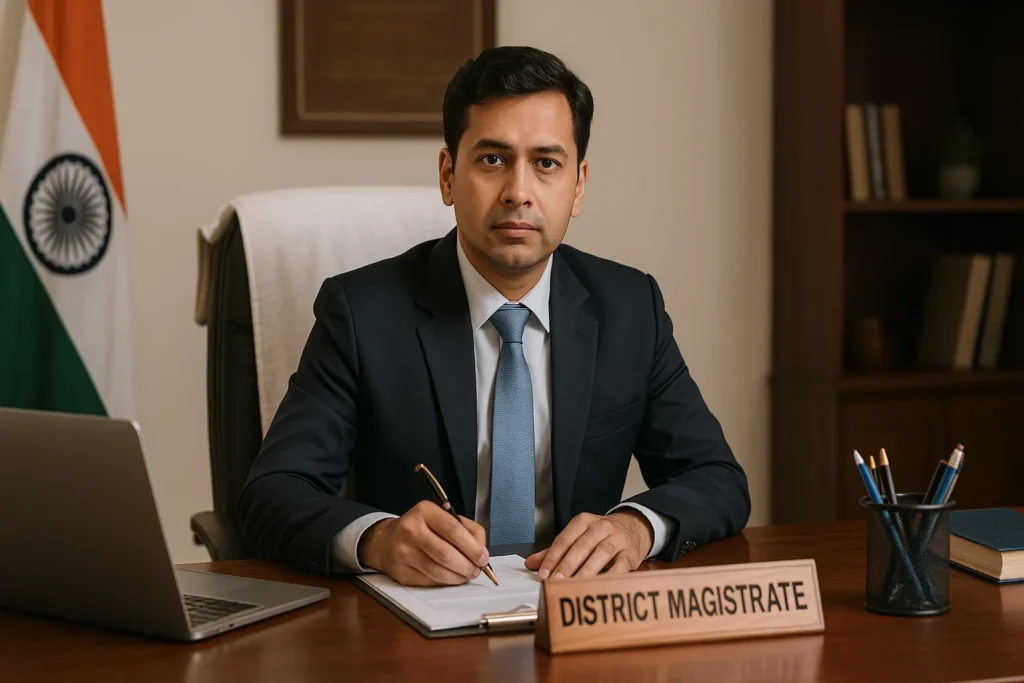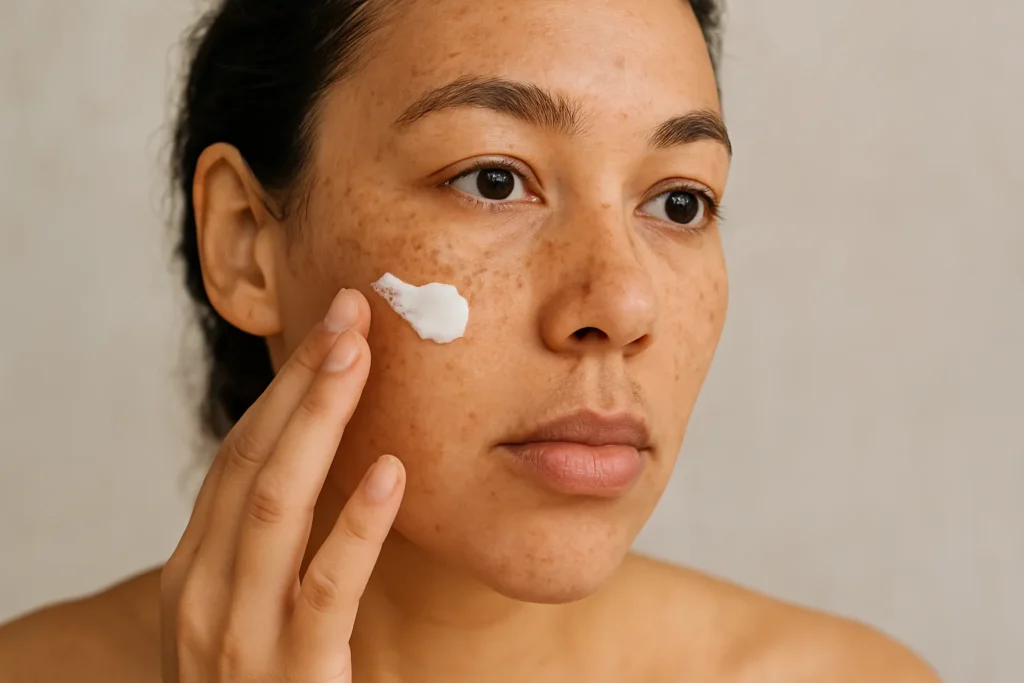Karungali Malai, often referred to as the Black Ebony Mala, holds a deep spiritual and medicinal significance in many Indian traditions. But with rising demand comes the challenge of fakes in the market. If you’ve recently bought one or are planning to, you might be wondering — how to check original Karungali Malai?
Don’t worry. In this guide, we’ll walk you through easy ways to identify an original Karungali Malai, what signs to look for, and how to avoid being tricked by imitations. Whether you’re a beginner or someone who’s been using malas for a while, this article will help you make an informed choice.
What is Karungali Malai and Why is It Special?
Before we talk about how to test it, let’s understand what makes Karungali Malai so valued. Karungali (also known as Black Ebony) is a sacred wood traditionally used in South India for healing and spiritual protection. The mala or rosary made from this wood is believed to bring calmness, remove negative energy, and promote focus.
It’s especially popular among those who meditate, practice yoga, or follow Ayurveda. Because of its spiritual power and rising popularity, many sellers have started offering fake versions. So, if you’re asking yourself how to check original Karungali Malai, knowing what to expect from the real one is the first step.
How to Check Original Karungali Malai | 8 Simple Ways
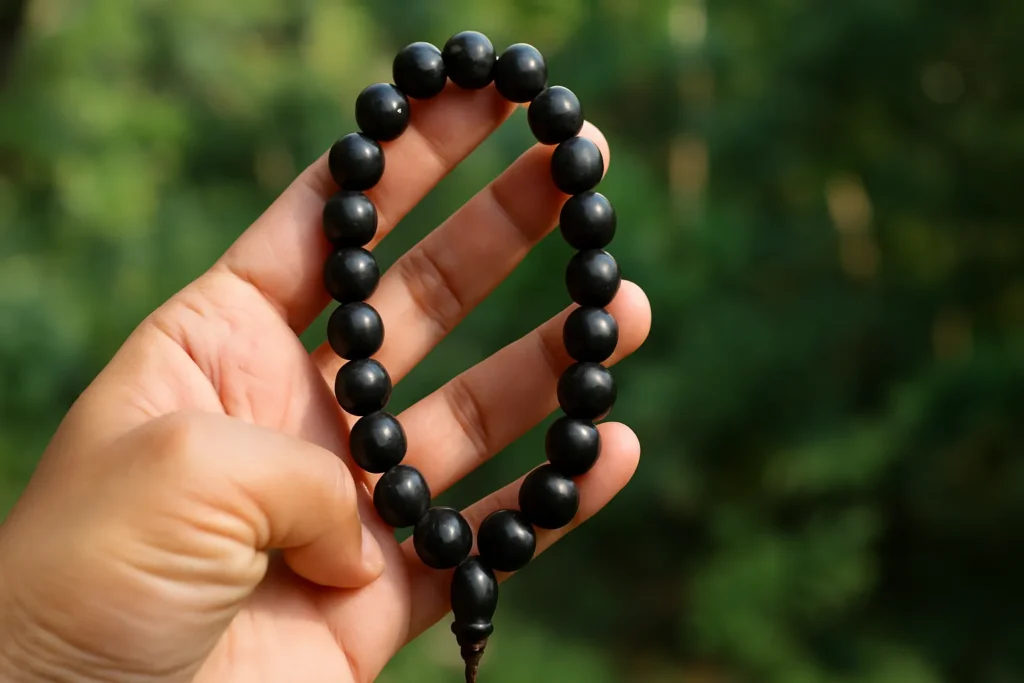
Look Closely at the Wood Grain
Let’s start with the basics, the look of the wood. Original Karungali Malai beads are made from real ebony wood, which has a very fine and dense grain. You might even notice tiny streaks of lighter brown or grey running through the otherwise dark surface. If the beads look too polished, too smooth, or have a perfectly uniform black color, that’s a red flag. Natural wood will always have minor imperfections and variations in texture. Fakes are often made of plastic or painted wood, which may chip or fade over time.
Tip: Hold it up to the light and inspect it closely. The natural wood should not have a shiny, glass-like finish.
Feel the Weight and Temperature
Your hands can tell you a lot. One of the easiest ways to identify an original Karungali Malai is by feeling its weight. Real ebony wood is relatively dense, so the mala should feel heavier than malas made from plastic, glass, or other softwoods. Another trick? The temperature. Natural Karungali wood takes time to warm up. If you hold the mala in your hand, it might feel slightly cool at first and then slowly adapt to your body heat. On the other hand, plastic or fake beads usually warm up very quickly.
Perform the Water Test (With Care)
If you’re still unsure, try this basic home test. Genuine Karungali wood doesn’t float easily. You can drop one bead (not the entire mala) in a bowl of water to see if it sinks slowly or stays submerged. If it floats rapidly or bobs on the surface like a plastic bead, chances are it’s not the real deal.
Important: Don’t soak the entire mala in water as it may weaken the thread or polish over time.
This test isn’t foolproof on its own, but when combined with other checks, it gives you a clearer picture of whether you have a karungali malai original or not.
Smell the Beads
Trust your nose, it knows more than you think. Original Karungali wood has a mild, earthy scent. It’s not overpowering but noticeable if you bring the beads close to your nose. The smell is natural and woody, unlike artificial fragrances that might be added to mask fake materials. If the mala smells like chemicals, paint, or plastic, it’s likely not made from authentic Karungali wood.
Examine the Bead Holes
Let’s go into the details now, the holes inside the beads. Check the holes where the thread runs through each bead. In an original karungali malai, you’ll find some irregularities like slightly uneven drilling or raw edges, which is a good thing. It indicates handcrafting and natural wood. Fake beads are often drilled with machines and have very neat, overly perfect holes, sometimes lined with a plastic coating.
Ask for a Certificate or Source
Sometimes, asking questions can save you trouble later. If you’re buying from a seller (especially online), don’t hesitate to ask where they sourced the mala from. Authentic sellers may provide information about the origin of the wood, craftsmanship, and may even offer a basic authenticity certificate. While this alone isn’t proof of an original karungali malai, it adds to the credibility when combined with the other checks mentioned here.
Compare with Similar Sacred Items
Learning from similar spiritual items can help you understand better. For instance, if you’ve ever wondered How to Identify Original Rudraksha, you’d know that texture, origin, and spiritual feel matter a lot. The same logic applies to Karungali Malai. Both are considered sacred and used for protection, healing, and spiritual growth, so authenticity is key. The more familiar you are with genuine spiritual items, the easier it becomes to spot a fake.
Beware of Extremely Cheap Deals
If the price seems too good to be true, it probably is. Karungali wood is rare and not cheap. So if someone is offering you a Karungali Malai at a very low price, it’s worth being cautious. Original beads require proper harvesting, drying, and crafting – all of which come with a cost.
Always buy from trusted sources, preferably those who are known for offering authentic spiritual items. For anyone curious about where to get accurate answers to such questions, NutBolt India is your go-to hub for answering every What, Why, Who, When, Where, and How you’ve ever wondered.
Final Thoughts:
Identifying an original Karungali Malai doesn’t require special tools — just a little awareness and attention to detail. Look for signs in the wood’s grain, smell, weight, and feel. Check the hole drills, try the water test, and avoid buying from unverified sources. When you understand what makes Karungali Malai original, you’re better equipped to honor its true spiritual and healing value. So the next time someone asks you how to check original Karungali Malai, you’ll know exactly what to say.

